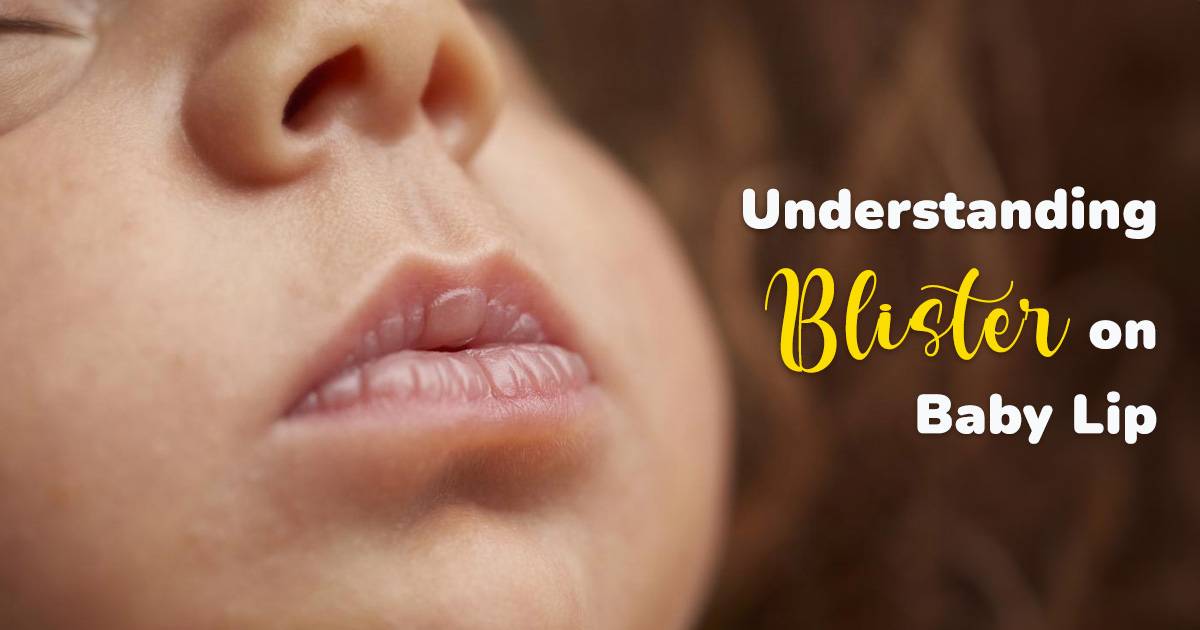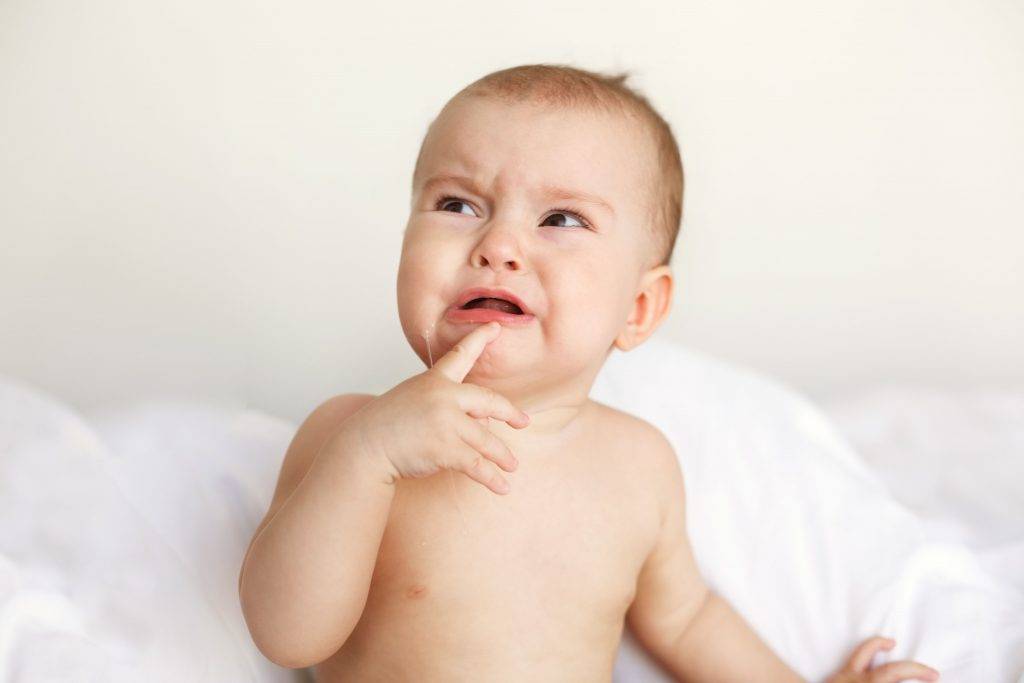Understanding Blister on Baby Lip: Causes, Symptoms, and Treatments

Seeing a blister on your baby’s lip can be concerning, especially if you’re unsure about its cause and how to manage it. While blisters can appear for various reasons, they are generally harmless and can be treated at home.
What causes blisters on a baby’s lip?
Here are some reasons why there are blisters on your baby’s lips:
- Friction: Babies may develop blisters on their lips from sucking, especially during breastfeeding or bottle-feeding, which can irritate the skin.
- Sucking Habits: Some babies have a habit of sucking their lips or objects, leading to blister formation.
- Viral Infections: Infections like the herpes simplex virus (HSV) can cause blisters, often known as cold sores or fever blisters, to form on the lips.
- Allergic Reactions: Blisters can also result from allergic reactions to foods, lip balms, or other substances in contact with the lips.
- Excessive Saliva: Babies often drool, especially when teething, which can irritate the skin and cause blisters.
Symptoms of Blisters on a Baby’s Lip
Blisters on a baby’s lip can be a source of concern for parents. Recognizing the symptoms early can help address the issue promptly and effectively. Here are some signs to look out for:
- Visible Bumps: The most obvious symptom is the appearance of small, fluid-filled bumps on the lip or around the mouth area.
- Redness or Swelling: The skin around the blister may appear red and swollen, indicating irritation.
- Discomfort or Fussiness: Babies with blisters on their lips might show signs of discomfort, especially during feeding. They may become more fussy or irritable due to the irritation.
- Difficulty Feeding: Blisters can make sucking painful, leading to difficulty feeding, whether breastfeeding or bottle-feeding.
- Changes in Feeding Habits: You might notice a decrease in the amount of feeding or a reluctance to feed, as the action of sucking can exacerbate the pain or discomfort caused by the blisters.
- Drooling: An increase in drooling can occur, especially if the baby is trying to avoid the action of sucking due to discomfort.
- Signs of Infection: If the blister becomes infected, you may notice additional symptoms such as increased redness, warmth, pus, or a fever.
Monitoring your baby for these symptoms and taking appropriate care steps can help manage their discomfort and promote healing. If you’re unsure or concerned about the blisters, consulting with a healthcare provider is always the best course of action.
Treatment and Home Care
If you’re looking for a useful treatment for the blister on your 10-months baby’s lip or so, here are some steps you can take according to different perspectives:
For a newborn lip blister, just wash gently with warm water and a soft soap. Dry it off, and put a little bit of petroleum jelly on it to protect it. Don’t pop the blister to avoid infection. If it gets red, swollen, or doesn’t get better, you should see a doctor.
If your baby’s being bottle-fed and gets a lip blister, clean the area softly, dry it, and apply some petroleum jelly. You might need to try a softer bottle nipple to stop the blister from getting worse. Make sure your baby is drinking slowly and latching on to the bottle to lessen irritation. If you notice any redness or swelling, or if it doesn’t get better, talk to a doctor.
When dealing with a breastfeeding blister, ensure your baby is latching on correctly so there’s less rubbing. You can hold your baby differently when feeding to help. A cold pack can ease the pain, and putting on lanolin cream or some breast milk helps with healing. It might help to feed your baby more from the other side or pump if one nipple is sore. If the blister doesn’t go away or hurts a lot, getting advice from a lactation consultant or doctor is a good idea.
Preventing Blisters on Your Baby’s Lip
Preventing blisters on your baby’s lip involves simple steps to minimize irritation and friction. Here are some tips:
- Proper latch: Ensure your baby latches correctly during breastfeeding to reduce friction on the lips.
- Check bottle nipples: Use soft, appropriately sized bottle nipples to minimize irritation and friction.
- Avoid pacifiers: Limit pacifier use, as excessive sucking can contribute to blister formation.
- Keep lips moisturized: Use a gentle lip balm or moisturizer to prevent dryness and cracking, which can lead to blisters.
- Monitor feeding habits: Pay attention to your baby’s feeding habits and address any issues promptly to prevent blister formation.
- Maintain cleanliness: Keep your baby’s face clean, especially after feeding, to prevent irritation and infection.
- Address oral health: If your baby has started teething, provide appropriate teething toys and keep their mouth clean to reduce irritation.
- Consult a healthcare provider: If you notice any signs of discomfort or blister formation, seek advice from a healthcare provider for proper guidance and care.
By following these tips, you can help prevent blisters on your baby’s lips and ensure their comfort and well-being.
Treat Delicately the Blister on the Baby’s Lip
Caring for a baby’s delicate skin, especially around the lips, requires attention and gentle care. By practicing proper feeding techniques, ensuring a correct latch, and keeping the lip area clean and moisturized, parents can significantly reduce the risk of blisters. It’s important to stay observant of any signs of discomfort or irritation and to seek professional advice when necessary. With these preventative measures and treatment tips, parents can help ensure their baby’s lips stay healthy and blister-free, fostering a more comfortable and happy feeding experience for both baby and parent.

